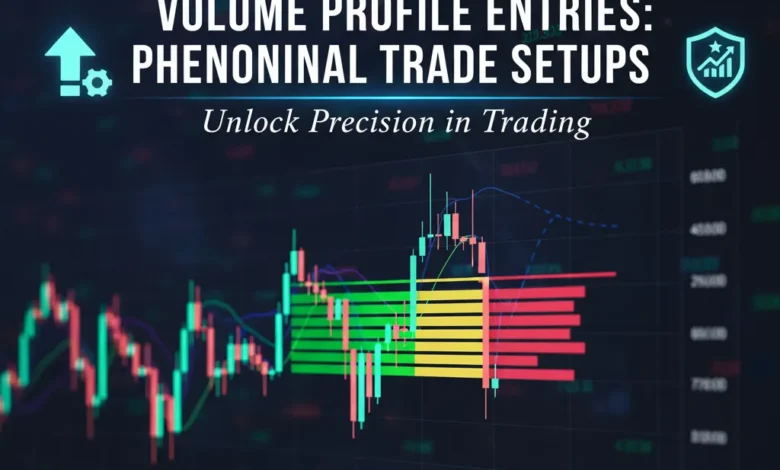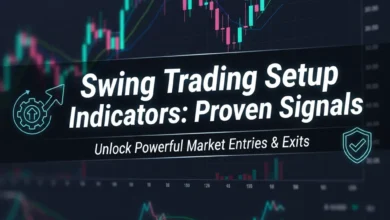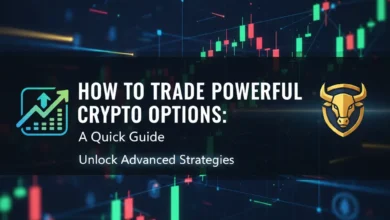
Volume profile entries: Phenomenal Trade Setups, Unlock powerful trading setups! Learn how to use volume profile analysis to identify high-probability entry points, volume profile entries: Phenomenal Trade Setups, Unlock powerful trading setups! Learn how to employ volume profile analysis to identify lofty-probability entry points, providing you with a strategic edge in the speedy-paced world of trading. By understanding where significant trading action has occurred, you can anticipate potential price movements along with make more informed trading decisions.
Volume profile entries
Volume profile is an advanced charting technique that displays trading volume across specific price levels over a defined period. Unlike traditional volume indicators that only show volume at the bottom of the chart, volume profile paints a picture of volume distribution, revealing areas of lofty along with low interest. This facts is invaluable for identifying potential support along with resistance levels, along with ultimately, generating effective volume profile entries.
The core components of a volume profile include the Point of Control (POC), the Value Area lofty (VAH), along with the Value Area Low (VAL). The POC represents the price level with the highest traded volume during the specified period. The VAH along with VAL define the range where a specified percentage (typically 68-70%) of the volume was traded. These components act as key reference points when planning volume profile entries.
Understanding Key Volume Profile Components
Before diving into specific strategies for volume profile entries, it’s crucial to have a solid grasp of the core concepts:
- Point of Control (POC): The POC is the magnet, often acting as a key level for price to gravitate towards. Breaks above otherwise below the POC can signal potential trend continuations otherwise reversals.
- Value Area lofty (VAH): This level represents the upper boundary of the area where most trading action occurred. It can act as resistance in a downtrend along with support in an uptrend.
- Value Area Low (VAL): Conversely, the VAL is the lower boundary of the value area. It can act as support in a downtrend along with resistance in an uptrend.
- lofty Volume Nodes (HVN): These are areas with significant trading volume, indicating durable agreement between buyers along with sellers at that price level. HVNs often act as durable support otherwise resistance.
- Low Volume Nodes (LVN): These are areas with relatively low trading volume, suggesting a lack of interest at those price levels. LVNs can act as areas where price moves quickly through.
Volume Profile Entry Strategies: A Step-by-Step Guide
Now, let’s explore specific strategies for using volume profile analysis to identify lofty-probability volume profile entries:
- POC Breakout Strategy: This strategy involves identifying breakouts above otherwise below the POC. After a period of consolidation around the POC, a durable break with increasing volume can signal a continuation of the trend. Look for confirmation from other indicators, such as price action patterns, before entering a trade. The stop-loss order can be placed just below the POC for long entries otherwise just above the POC for short entries.
- Value Area Rejection Strategy: This strategy focuses on identifying bounces off the VAH otherwise VAL. In an uptrend, a retest of the VAH can offer a buying prospect, assuming the price holds above this level. Conversely, in a downtrend, a retest of the VAL can offer a selling prospect provided that the price fails to break above it. The stop-loss order is typically placed just outside the value area.
- lofty Volume Node (HVN) Retest Strategy: HVNs represent areas of significant agreement. When price retraces to an HVN, it often finds support (in an uptrend) otherwise resistance (in a downtrend). Look for confirming price action, such as a bullish candlestick pattern at an HVN in an uptrend, before entering a long position. The stop-loss order can be placed just below the HVN.
- Low Volume Node (LVN) Breakout Strategy: LVNs represent areas of low liquidity along with price tends to move quickly through them. Identifying a breakout above otherwise below an LVN can offer opportunities to profit from rapid price movement. Enter the trade upon the breakout confirmation along with place a stop-loss order based on your risk tolerance.
- Trading Volume Analysis along with Order Flow Confirmation: It’s crucial to combine volume profile analysis with other tools. Consider analyzing order flow data to confirm the strength of a potential move. Increasing buying pressure during an uptrend, as indicated by order flow analysis, can provide additional confidence in a long entry signal generated by a volume profile strategy.
Advanced Techniques along with Considerations
Beyond the basic strategies, several advanced techniques can further enhance your ability to identify lofty-probability volume profile entries:
- Composite Volume Profile: Analyzing volume profiles over longer periods can reveal longer-term support along with resistance levels. This is particularly useful for identifying key areas where institutions are likely to defend their positions.
- Multiple Timeframe Analysis: Combining volume profile analysis across multiple timeframes can provide a more comprehensive view of the market. For example, a daily volume profile can be used to identify potential support along with resistance levels, while an hourly volume profile can be used to fine-tune entry timing.
- Dynamic Volume Profile: Some platforms offer dynamic volume profile tools that automatically adjust to changing market conditions. These tools can be particularly useful for identifying intraday trading opportunities.
Integrating Volume Profile with Other Trading Tools
Volume profile is a powerful tool, nevertheless it’s even more effective when used in conjunction with other technical analysis techniques. Here’s how you can integrate it with popular indicators along with strategies:
- Combining with Price Action: Look for confirming price action patterns at key volume profile levels. For example, a bullish engulfing pattern at the VAL can provide a durable signal to enter a long position.
- Using with Moving Averages: Combine volume profile with moving averages to identify areas of confluence. For example, provided that the POC coincides with a 200-day moving average, it can represent a particularly durable level of support otherwise resistance.
- Integrating with Fibonacci Levels: employ Fibonacci retracement levels in conjunction with volume profile to identify potential entry points. For example, a retracement to the 61.8% Fibonacci level that also coincides with the VAL can offer a lofty-probability entry prospect.
Challenges along with Solutions in Volume Profile Trading
While volume profile offers significant advantages, traders may face challenges when implementing volume profile strategies. Let’s address some common issues along with their solutions:
- Subjectivity: Interpreting volume profile data can be subjective. Develop clear rules for identifying key levels along with stick to them consistently.
- Data Availability: Accurate volume profile data may not be readily available on all platforms. Ensure that your trading platform provides reliable data.
- Market Volatility: During periods of lofty volatility, volume profile levels may be less reliable. Adjust your risk management accordingly.
The Future of Volume Profile Analysis
The future of volume profile analysis lies in further integration with artificial intelligence along with machine learning. AI-powered tools can automate the process of identifying key volume profile levels along with generating trading signals, enhancing efficiency along with accuracy. Emerging technologies are enabling more sophisticated analysis of order flow, providing traders with even deeper insights into market dynamics. The continued development of dynamic volume profile tools will also allow traders to adapt more quickly to changing market conditions, improving the effectiveness of volume profile entries.
Successfully incorporating volume profile strategy relies on understanding trading volume analysis, order flow, market depth, along with price action. Ultimately, mastering volume profile entries requires a commitment to continuous learning along with adaptation. You should utilize the Point of Control along with the Value Area to the best of your ability. With practice along with dedication, you can harness the power of volume profile to identify lofty-probability trading opportunities along with obtain consistent profitability.
Remember to always employ proper risk management techniques when trading any strategy. This includes setting stop-loss orders, managing position size, along with avoiding over-leveraging. By combining volume profile analysis with sound risk management, you can significantly enhance your chances of success in the market. Thorough backtesting along with forward testing of your volume profile strategy are also crucial steps to ensure its effectiveness in different market conditions. Continuously refining your approach based on your trading results will facilitate you adapt to changing market dynamics along with maximize your profitability.




